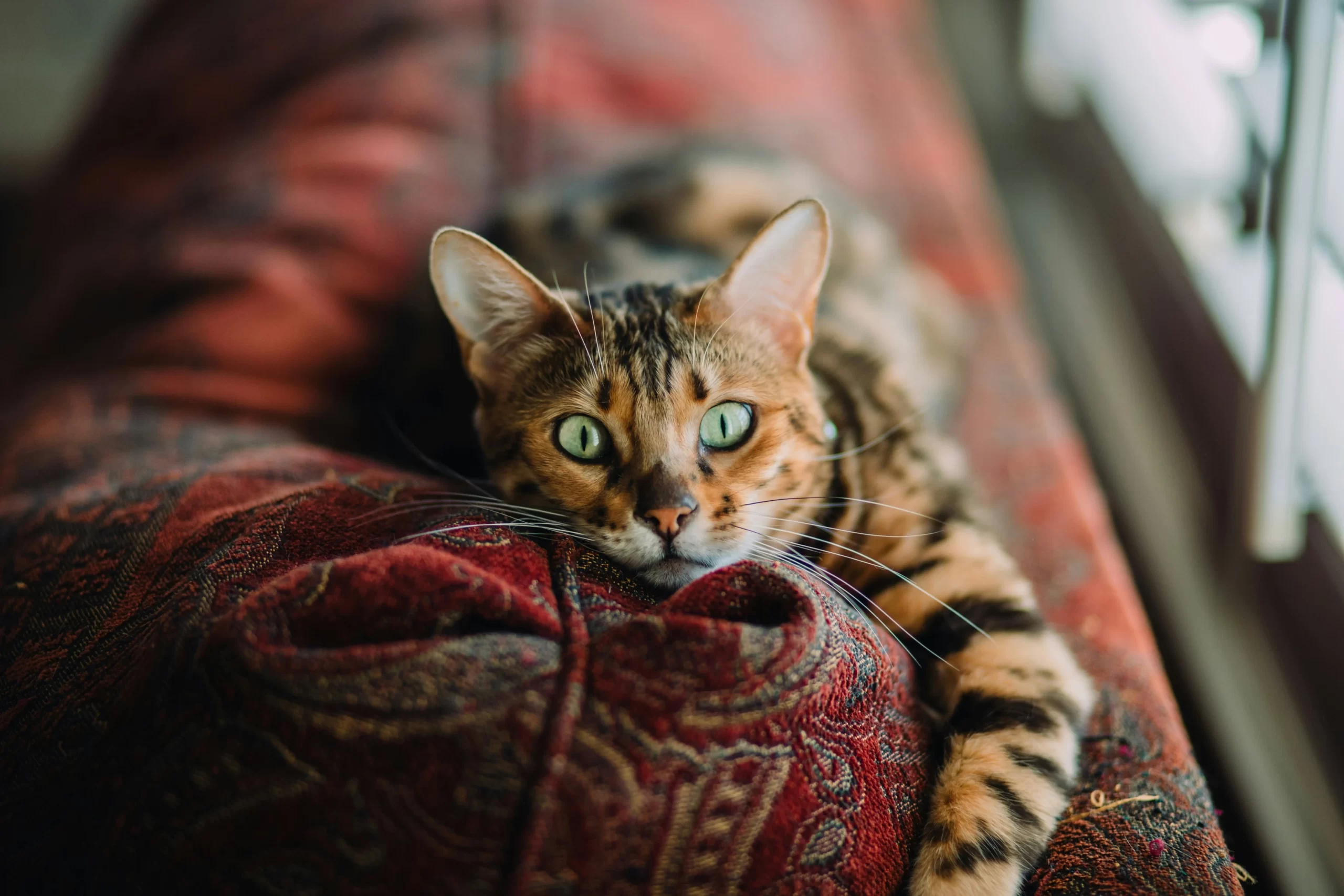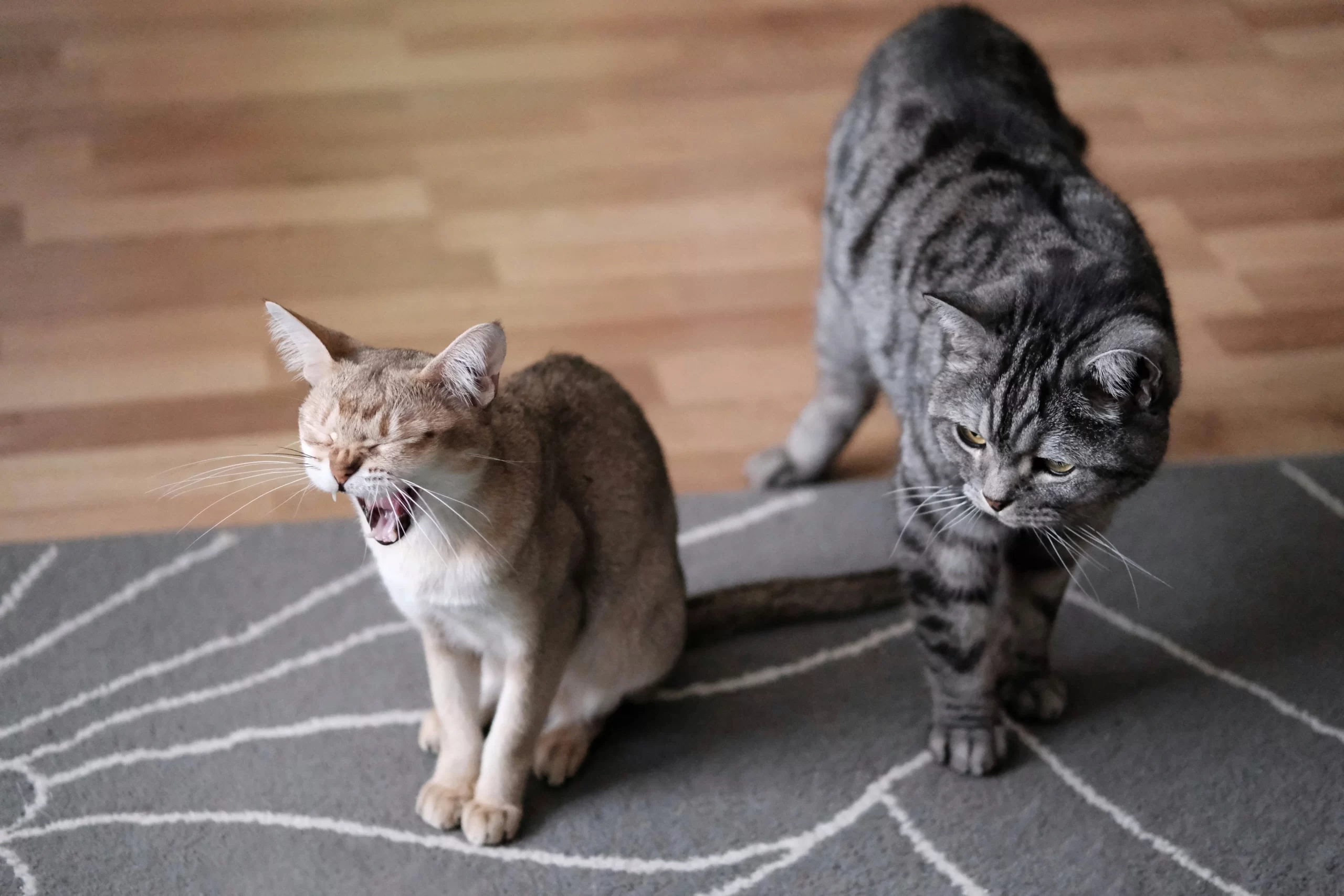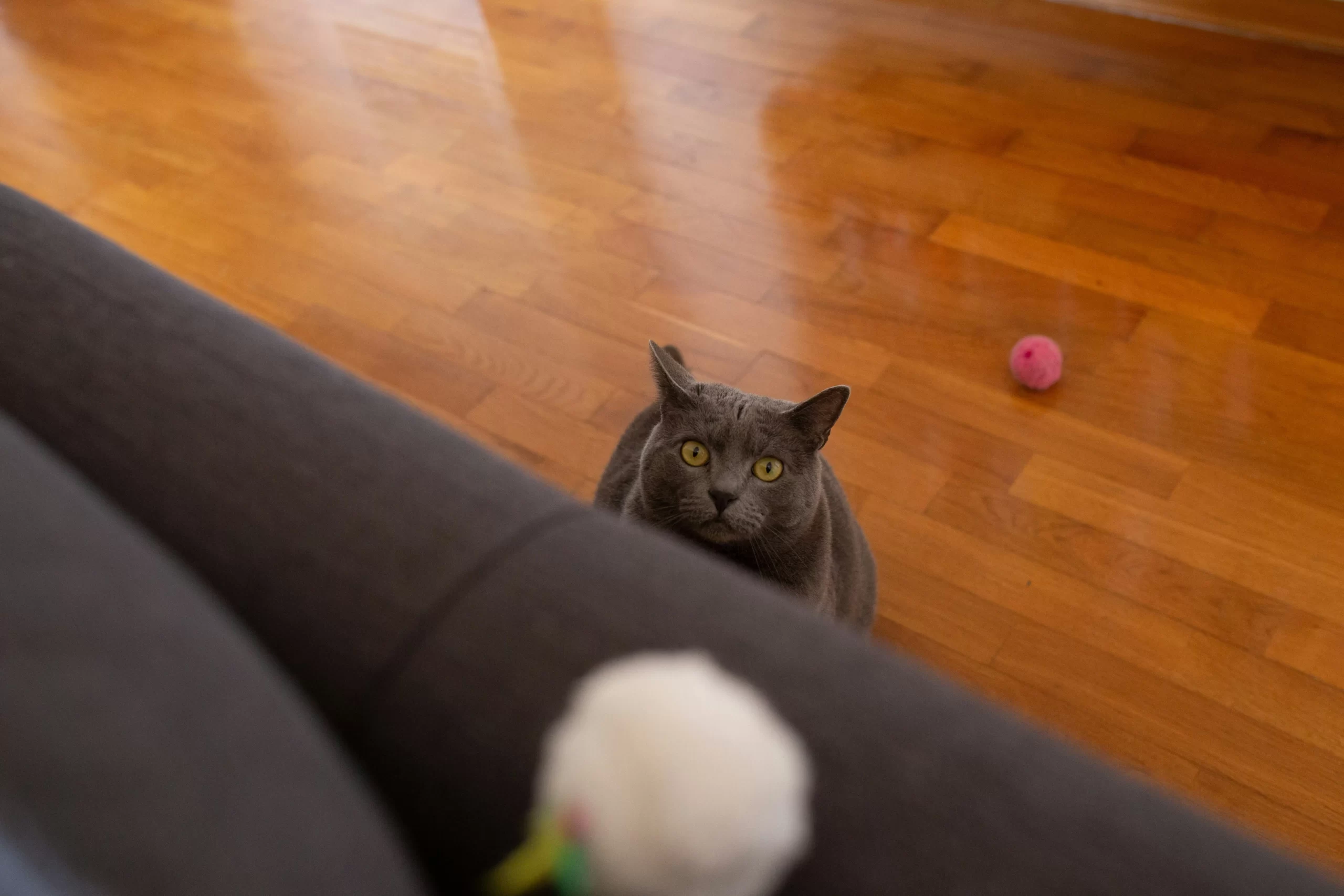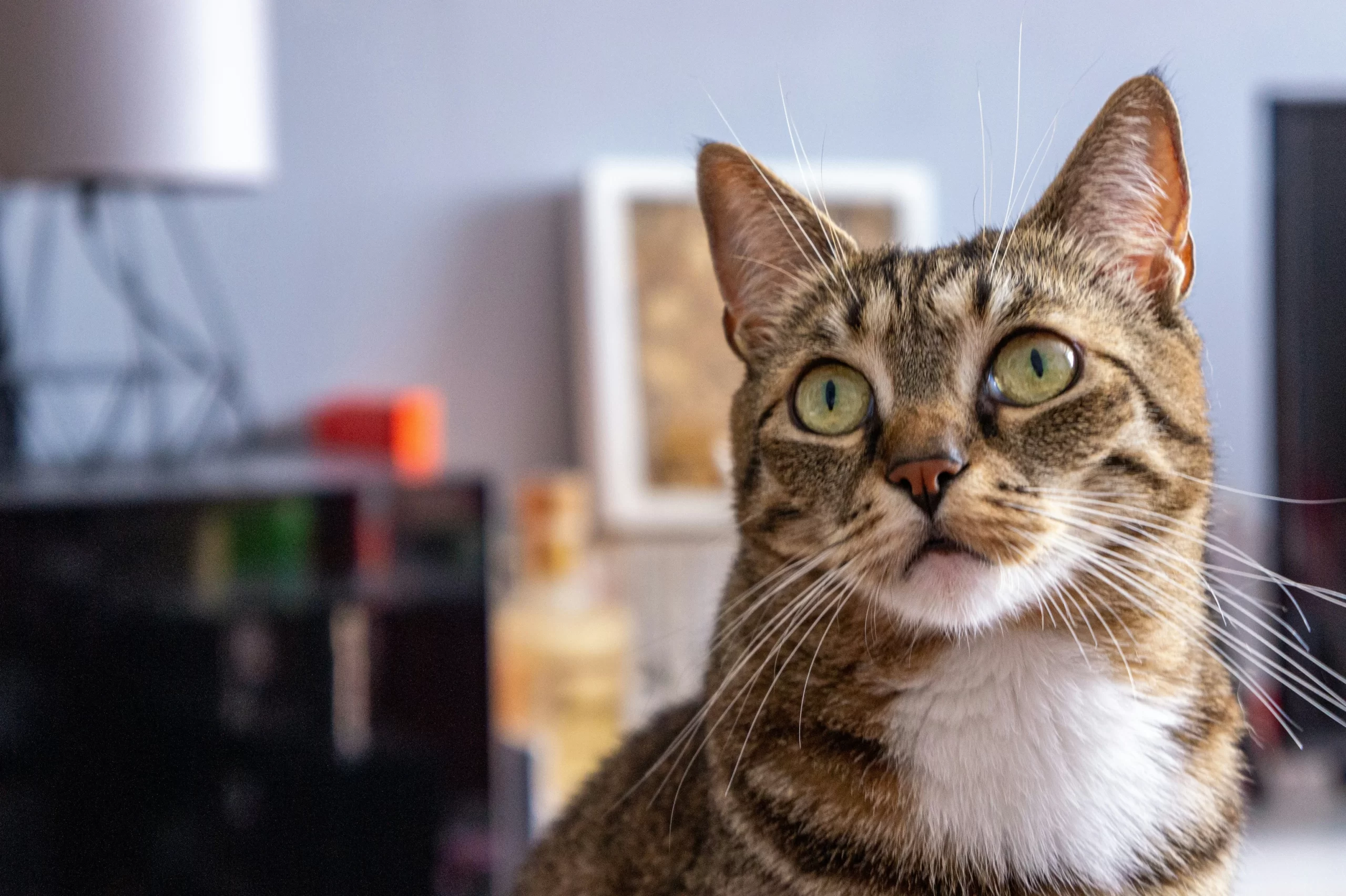Table of Contents
Have you ever pondered the intricacies surrounding cats’ domestication? From their wild origins to their esteemed status in ancient civilizations, the journey of cats’ domestication alongside humans is a captivating tale of mutualism and cultural significance. Join us as we embark on a deep exploration into the annals of history to uncover the secrets behind cats’ transition from wild hunters to cherished household companions.

Understanding Cats’ Domestication
Cats in the Wild
To comprehend the intricacies of cats’ domestication, it’s crucial to delve into their wild origins. The domestic cat (Felis catus) is believed to have originated from the African wildcat (Felis silvestris lybica), which roamed the ancient landscapes of the Middle East and Africa. These wildcats led solitary lives, honing their hunting skills to prey on small animals for survival.
Early Interactions with Humans
The story of cats’ domestication intertwines with the emergence of agriculture. As humans transitioned from nomadic lifestyles to settled farming communities approximately 10,000 years ago, they inadvertently provided opportunities for cats to thrive. With the advent of agriculture, humans began storing surplus grain, which attracted rodents. Cats, in turn, were drawn to these vermin-rich environments, forging an opportunistic relationship with early farmers.
Emergence of Domestic Cats
While pinpointing the precise timeline of cats’ domestication proves challenging, archaeological evidence suggests that cats began cohabiting with humans in ancient Egypt around 4,000 years ago. Initially esteemed for their adept pest control abilities in safeguarding grain stores, cats swiftly ascended to revered status within Egyptian society. Symbolizing grace and protection, cats featured prominently in Egyptian art and mythology, often depicted alongside deities such as Bastet, the feline goddess of home, fertility, and domesticity.
Spread of Domestic Cats
From the hallowed grounds of ancient Egypt, domestic cats embarked on journeys accompanying traders, explorers, and settlers that traversed civilizations and continents. Their presence aboard seafaring vessels proved invaluable in curbing rodent infestations, endearing them to sailors and merchants alike. Cats’ adaptability saw them thrive in diverse environments, further solidifying their status as indispensable companions to humans across the globe.

The Evolution of Human-Cat Relationships
Cultural Significance
Throughout the annals of history, cats held profound cultural significance in various ancient societies. Beyond their utilitarian role in pest control, cats were revered as symbols of fertility, protection, and divine guardianship. Their enigmatic demeanor and graceful demeanor captivated human imagination, permeating art, mythology, and religious rituals with their presence.
Comparing Dogs’ and Cats’ Domestication
While cats and dogs share a common journey from the wild to domesticity, their paths diverged significantly. Unlike dogs, which were actively bred for specific traits, cats underwent a more gradual and self-directed domestication process. Cats retained much of their wild instincts, maintaining their independence and hunting prowess, even as they cozied up to human hearths.

Modern-Day Companionship
Changing Dynamics
In contemporary society, the dynamics of human-cat relationships continue to evolve. Cats have transcended their roles as mere vermin hunters, evolving into cherished companions and emotional support animals for millions worldwide. From internet sensations to therapy pets, cats occupy a special place in the hearts and homes of individuals across diverse cultures and lifestyles.
As we reflect on the rich tapestry of human-cat interactions, it becomes evident that the domestication of cats is not merely a historical footnote but an ongoing narrative of companionship and mutualism. From ancient Egypt to modern-day homes, cats have left an indelible mark on human culture, symbolizing grace, independence, and the enduring bond between humans and animals.

Conclusion
Cats’ domestication is a testament to the adaptive prowess and mutualism inherent in the human-animal bond. What commenced as a pragmatic alliance for pest control blossomed into a profound companionship that transcends temporal and spatial boundaries, enriching human lives for millennia to come.
Expand your understanding of the animal kingdom by exploring our comprehensive dog category or delving into the intriguing lives of cats. Let’s continue our exploration of the animal kingdom together!
F. A. Q. about Cats’ Domestication
When and where were cats domesticated?
Cats’ domestication is believed to have originated around 4,000 years ago in ancient Egypt, where they played a pivotal role in protecting grain stores from vermin infestations.
How did cats become domesticated?
Cats became domesticated through a gradual process of mutualism with early human settlements. Their proficiency in hunting rodents attracted them to grain storage facilities, where they formed symbiotic relationships with humans.
How did cats adjust to living near humans?
Cats adapted to coexisting with humans by retaining their innate hunting instincts while also acclimating to domestic environments. Their nocturnal habits, agility, and solitary nature facilitated their harmonious integration into human settlements.
What cultural importance did cats have in ancient societies, and how did it affect their domestication?
In ancient societies like Egypt, cats held significant cultural significance, often symbolizing fertility, protection, and divinity. Their revered status contributed to their domestication, leading to their integration into various aspects of daily life and religious practices.
How does the domestication of cats compare to the domestication of dogs?
Unlike dogs, which underwent selective breeding for specific traits, cats’ domestication was characterized by a more gradual and self-directed process. Cats retained their independent nature and hunting prowess, forging a unique symbiotic relationship with humans.
How has the relationship between humans and domesticated cats changed since their domestication?
Since their domestication, the relationship between humans and domesticated cats has evolved from utilitarian pest control to emotional companionship. Cats have become cherished members of households worldwide, providing comfort, companionship, and joy to countless individuals.



I’ve learn several excellent stuff here. Certainly price bookmarking for revisiting. I wonder how so much attempt you set to make any such fantastic informative site.